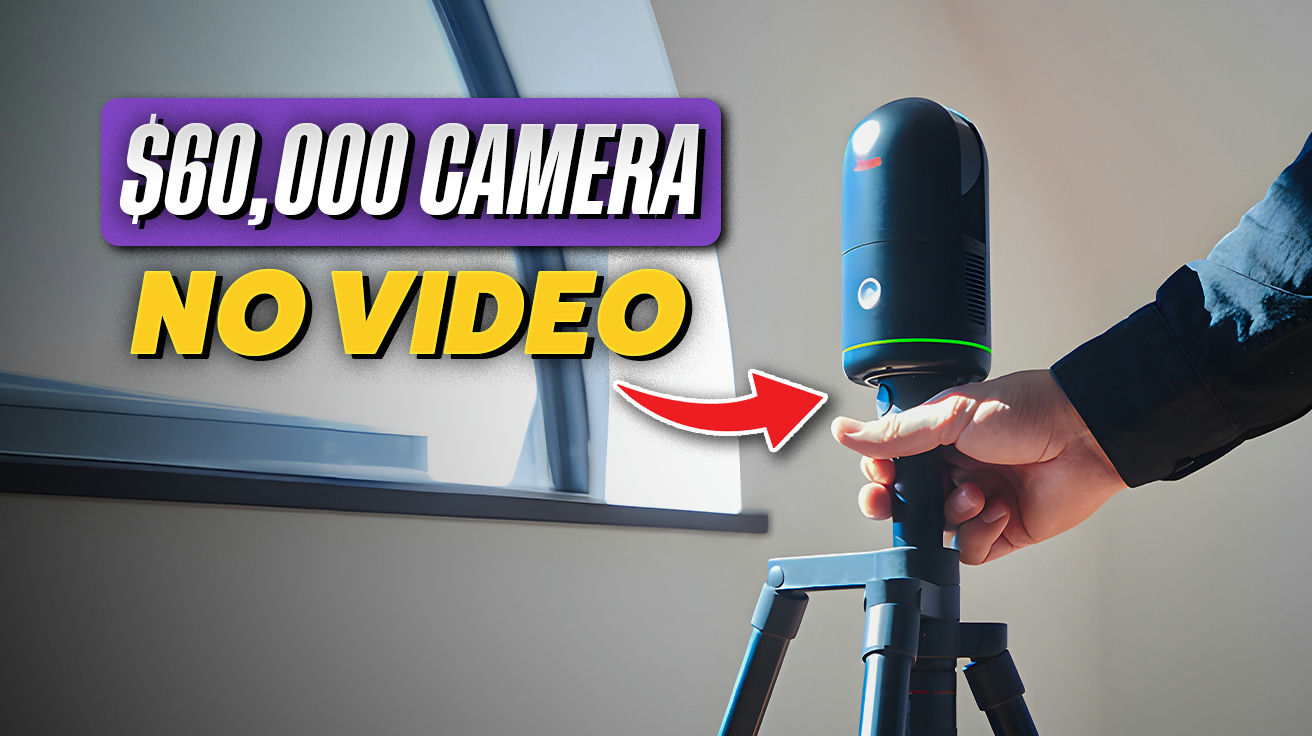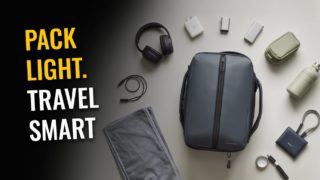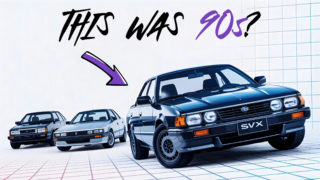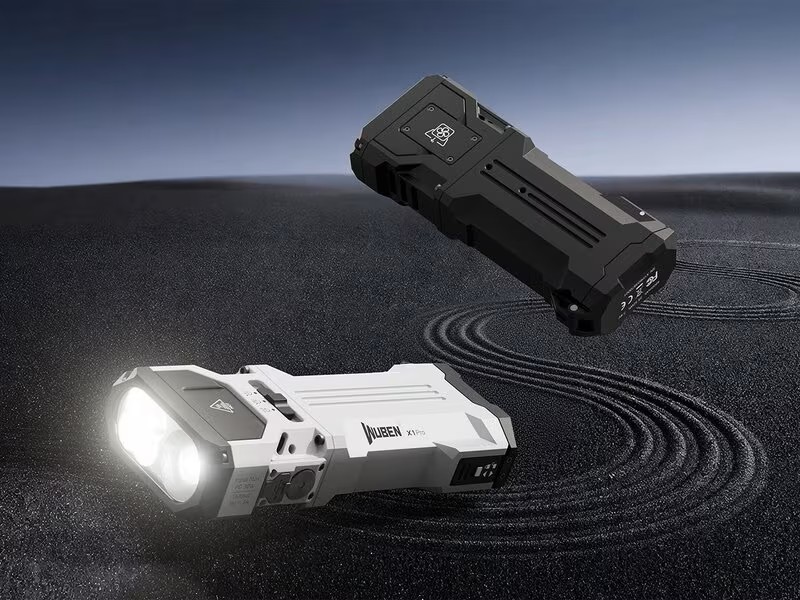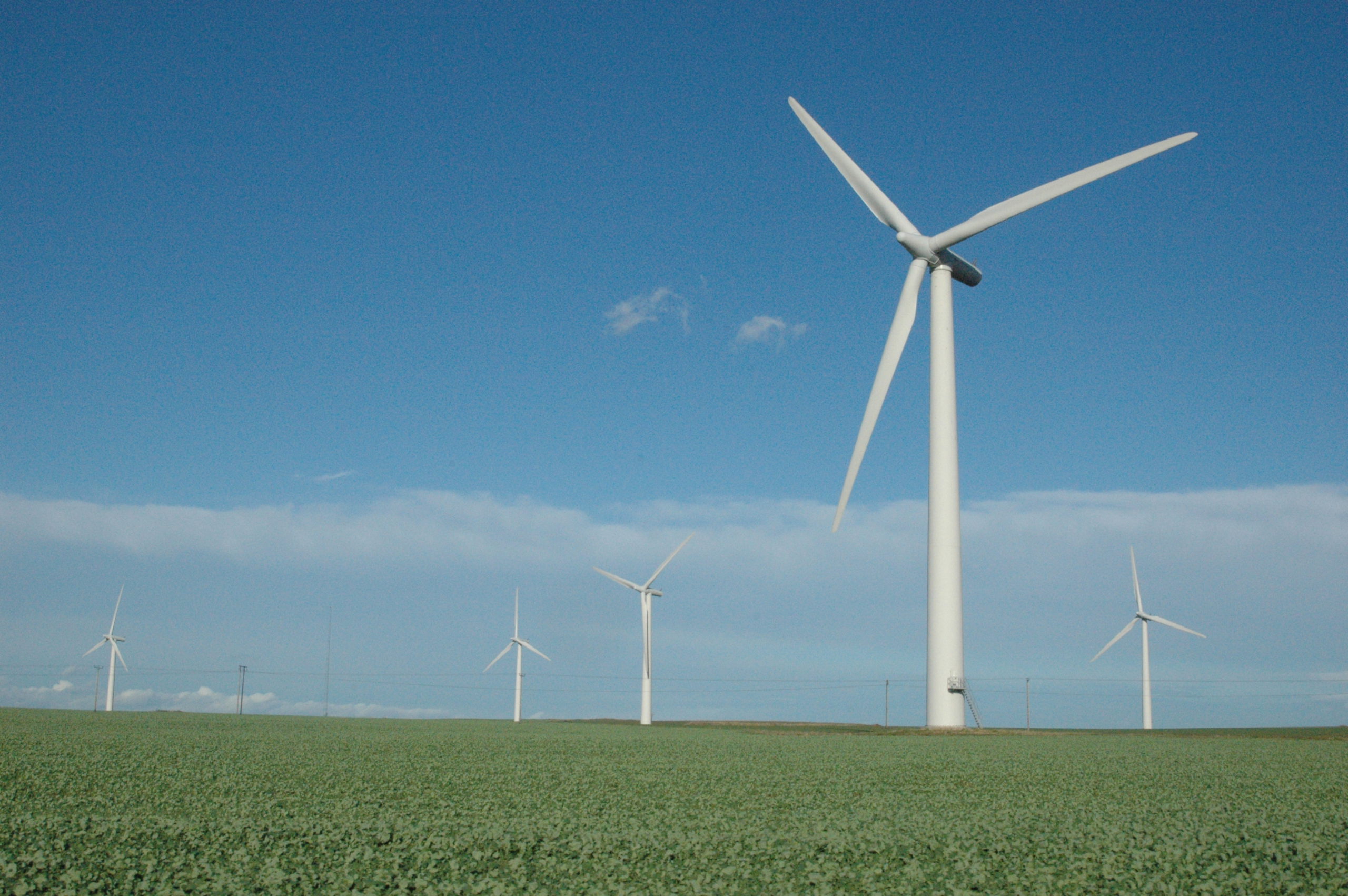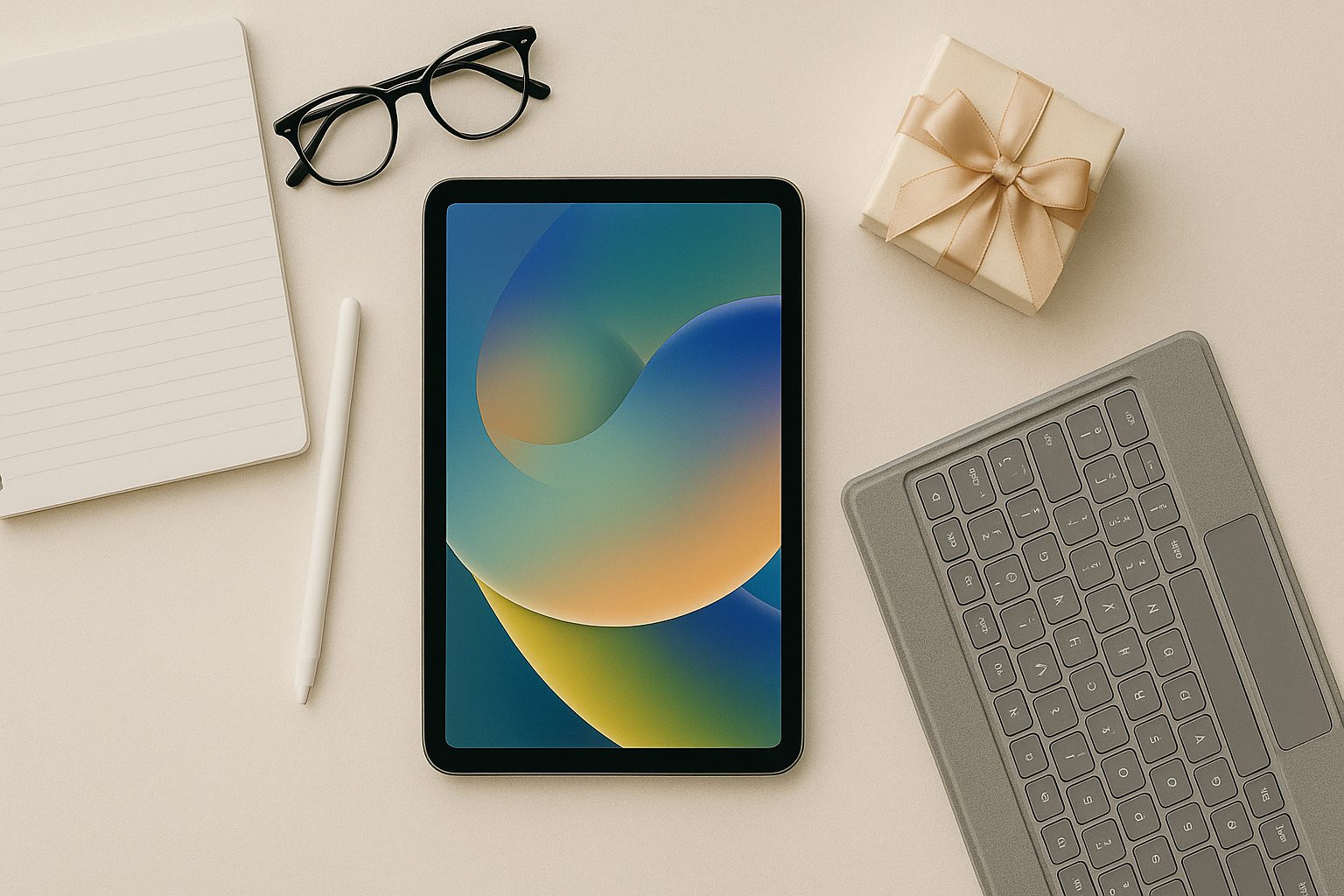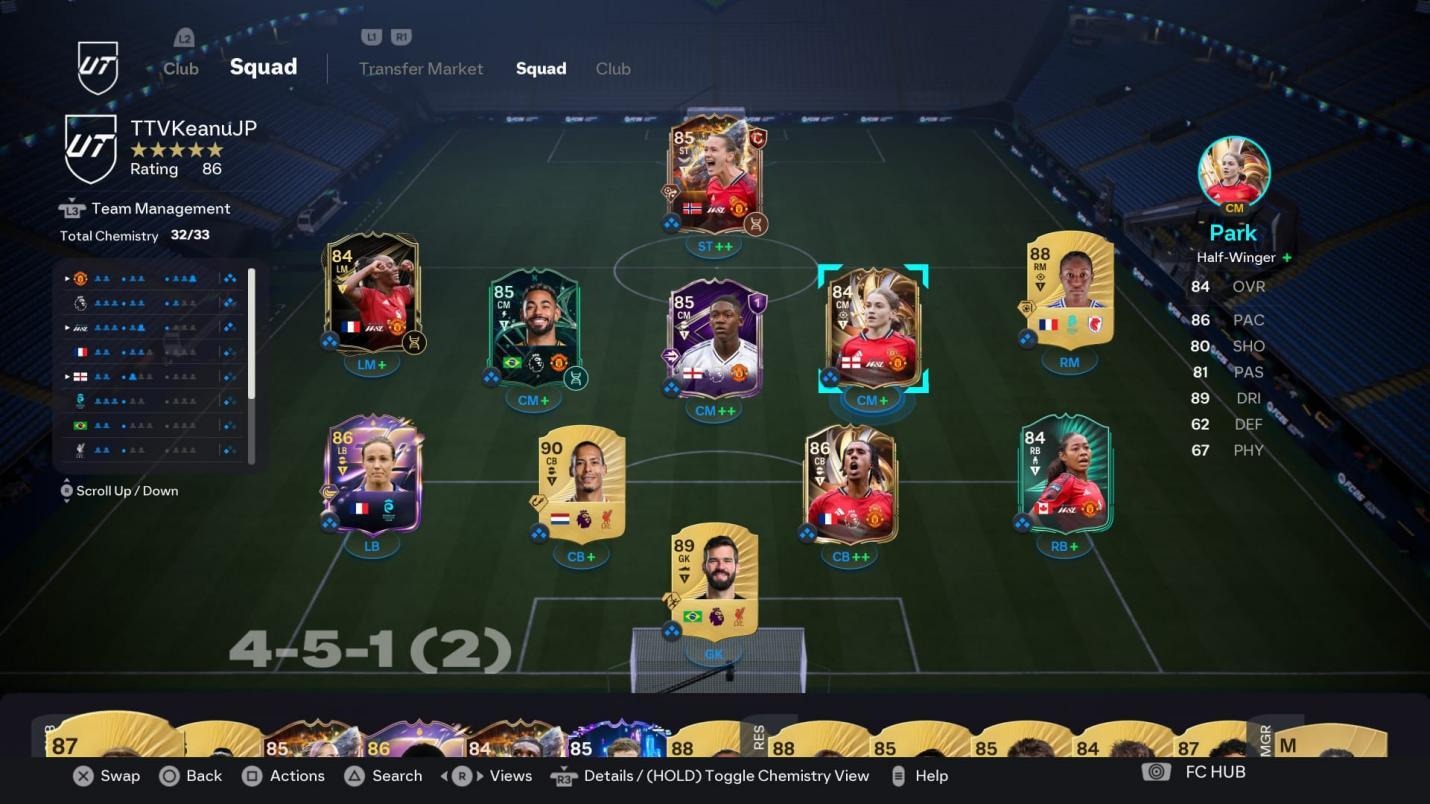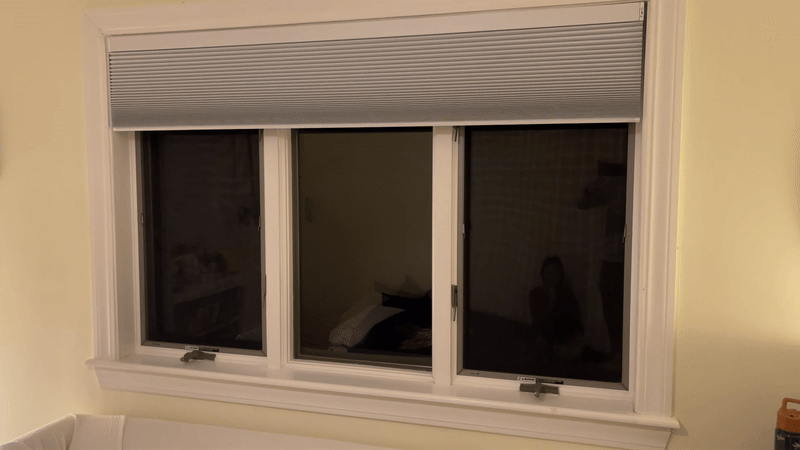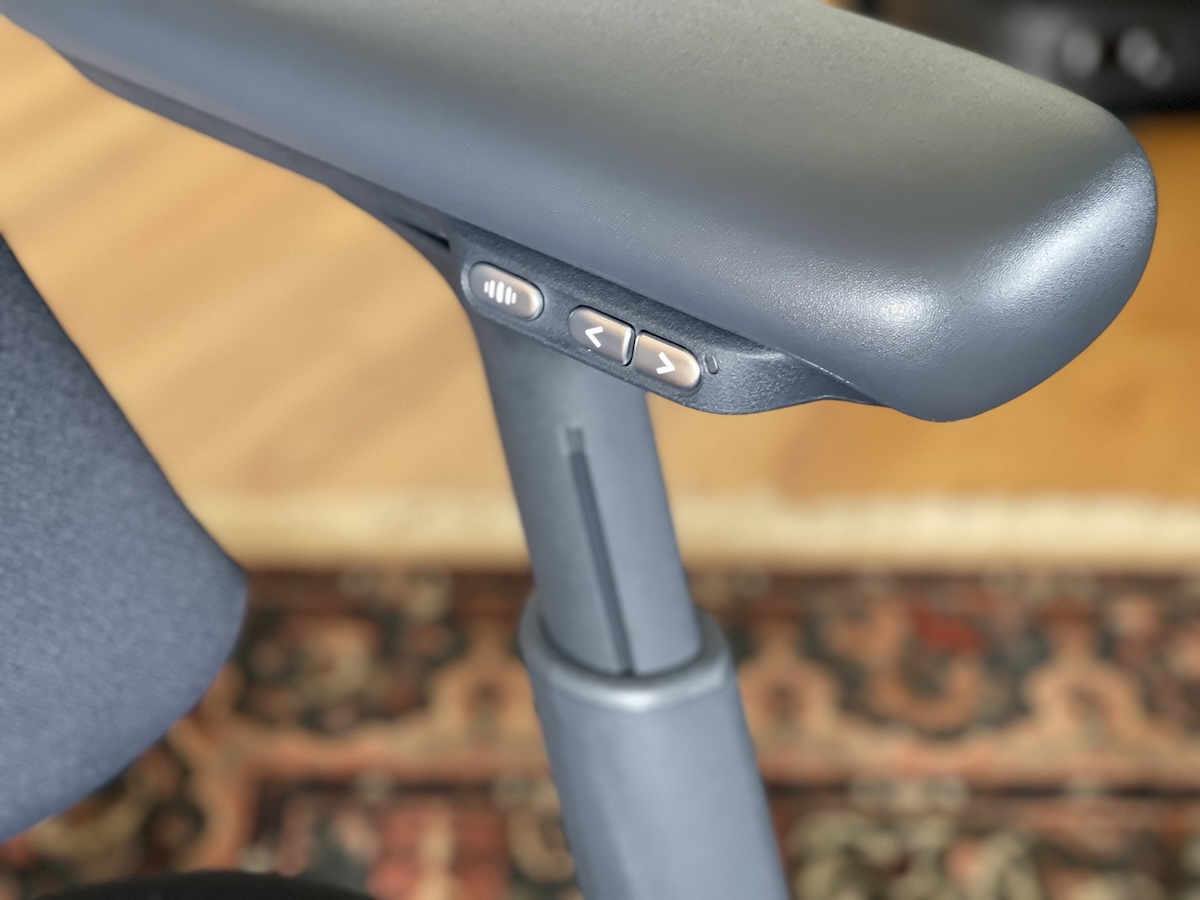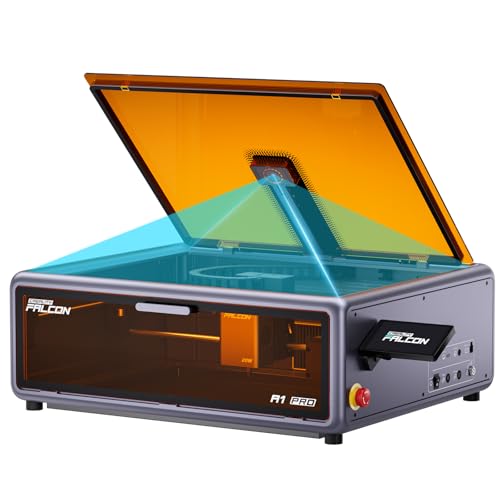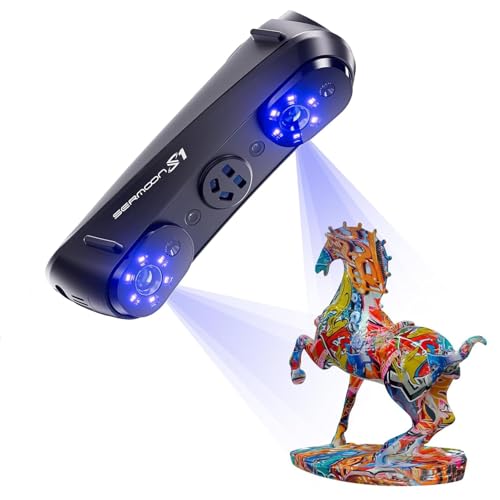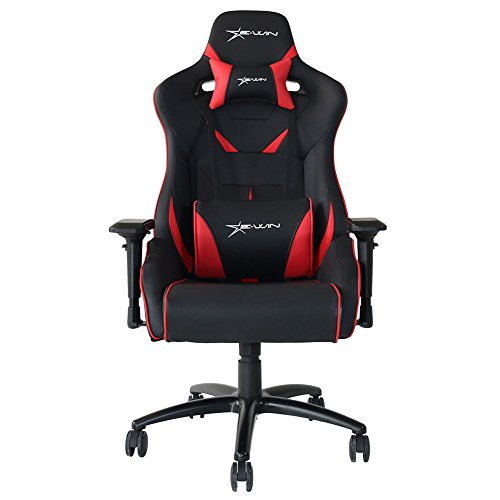Remember when Tony Stark waved his hands to manipulate 3D holograms in his workshop? That sci-fi fantasy is now filmmaking reality, thanks to LiDAR scanning. This tech—think of it as radar but with light instead of radio waves—is transforming movie production faster than Marvel churns out sequels. Directors who once sketched storyboards now manipulate precise digital replicas of real locations, while VFX artists craft pixel-perfect worlds with the confidence of a TikTok influencer who just found their perfect lighting. The technology has become so integral that a significant majority of today’s blockbuster films incorporate LiDAR data for visual effects and set extensions.
Disclaimer: Some images used for commentary and educational purposes under fair use. All rights remain with their respective owners.
Leica Geosystems’ History

Leica’s heritage is basically the tech version of that friend who was into vinyl before it was cool. Born in Switzerland in 1819, they’ve been obsessing over precision since Jakob Kern started crafting measurement tools when most people were still navigating by stars. By 1921, they revolutionized surveying with the first portable theodolite—a move as disruptive in its day as when Apple ditched the headphone jack. Their reputation? Stellar enough that their lenses captured humanity’s giant leap on the lunar surface.
LiDAR Technology Explained

LiDAR works similar to how your DoorDash driver finds your house—sending out signals and measuring what comes back. Except instead of GPS pings, it’s shooting millions of laser pulses and timing their return with absurd precision. Each measurement becomes a 3D coordinate, creating what tech folks call “point clouds”—a digital skeleton of reality accurate to the millimeter. Not unlike when Spider-Man’s suit mapped that abandoned warehouse in Homecoming, but with way more detail.
Leica BLK360: Tripod-Mounted Scanner

The BLK360 is the filmmaking equivalent of a high-end fixed lens camera—limited in some ways but exceptional at what it does. Perched on a tripod, this entry-level beast captures 680,000 points per second with 4mm accuracy in just 20 seconds per scan. You’ll need to reposition it for complete coverage, but at $30,000, it’s the Toyota Camry of LiDAR—reliable, respected, and relatively affordable for serious creators.
BLK2GO: Handheld Trade-offs and Capabilities
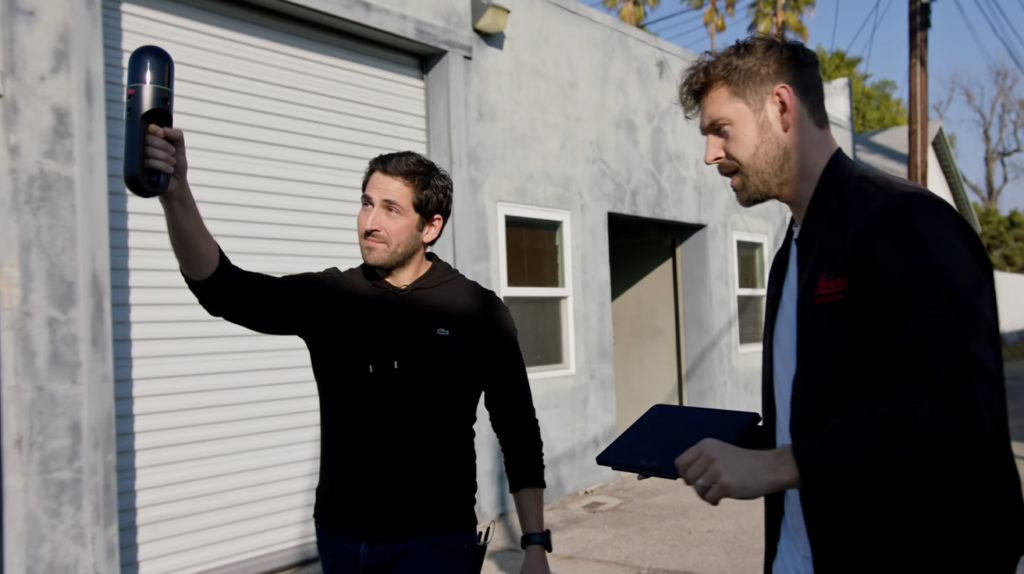
Leica’s BLK2GO brings the same revolution to scanning that smartphones brought to photography—suddenly you can just walk around capturing everything. This handheld wonder uses an IMU (think smartphone gyroscope but on steroids) to maintain alignment while moving, with a 270° field of view and 25-meter range. Glass and mirrors confuse it like facial recognition struggling with twins, requiring digital cleanup afterward. At $60,000, it’s priced like a Tesla Model Y—not impulse-buy territory, but justified for professionals who need mobility.
Workflow with iPad and Reality Cloud Studio
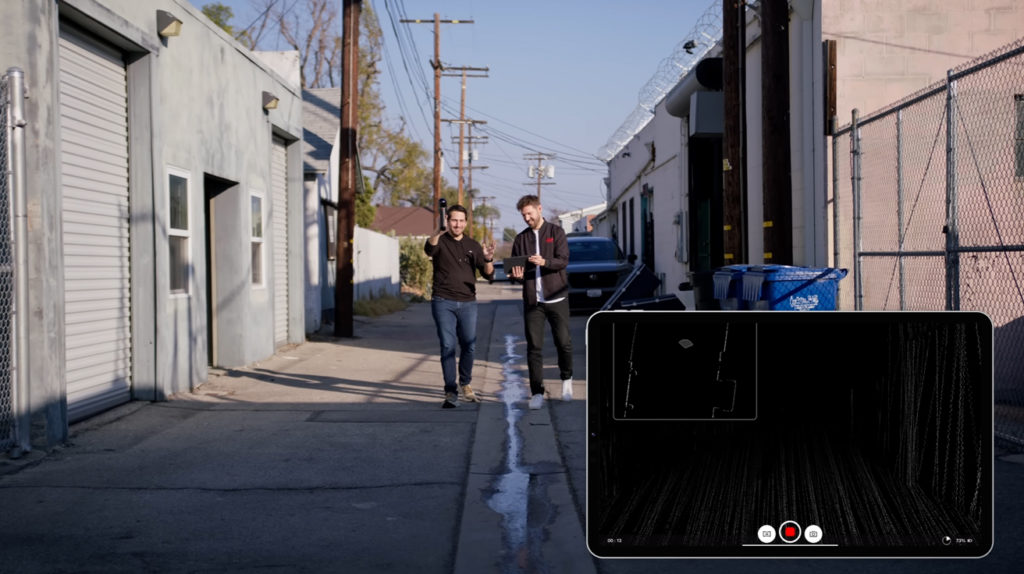
Connecting the BLK2GO to an iPad creates a setup that’s basically Minority Report meets location scouting. You get real-time feedback that transforms the mind-numbing technical process into something approaching fun. After capturing, everything uploads to Leica’s Reality Cloud Studio, where the digital janitors sweep away unwanted elements (bye-bye, random production assistants) before exporting to Blender or Unreal Engine—the same tech powering The Mandalorian’s groundbreaking virtual sets.
Scanning Techniques: Drift and Detail Capture

Pro scanners handle their gear with the deliberate movements of a TikTok dance tutorial. They swap hands to avoid the dreaded scanner shake and complete scanning loops in 10-15 minutes—returning to their starting point like digital homing pigeons to prevent “drift” (when your scan slowly goes all Salvador Dalí on you). Capturing a prop properly means circling it completely, varying height and angle with the methodical patience of someone trying to take the perfect Instagram shot of their brunch.
Color Data and BLK2FLY Drone Scanner

Modern point clouds don’t just map space—they capture color with the enthusiasm of a fall Instagram influencer in a pumpkin patch. Enter the BLK2FLY drone scanner: basically what happens when you give a LiDAR unit wings. Ground scanners can’t easily capture rooftops, just as your selfie stick can’t reach the top of the Statue of Liberty. Drone LiDAR solves this, collecting data from previously helicopter-only perspectives while you stay safely on the ground sipping your cold brew.
Measurement Capabilities and Collaboration
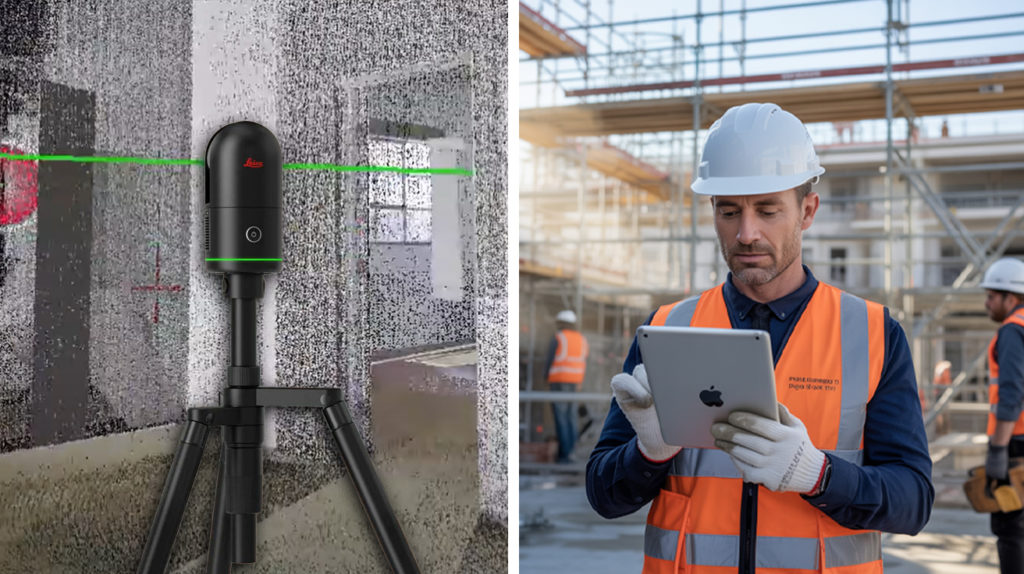
Film scouts wielding iPad-connected scanners now measure locations with the casual precision of someone checking dimensions on IKEA furniture before buying. Need the exact width of that Brooklyn alleyway for your chase scene? Tap. Want to share those measurements with your director in Tokyo? Swipe. The days of location scouts armed with tape measures and guesswork have gone the way of Blockbuster Video, replaced by shareable, millimeter-accurate digital environments that entire production teams can explore from anywhere.
LiDAR Applications in Filmmaking
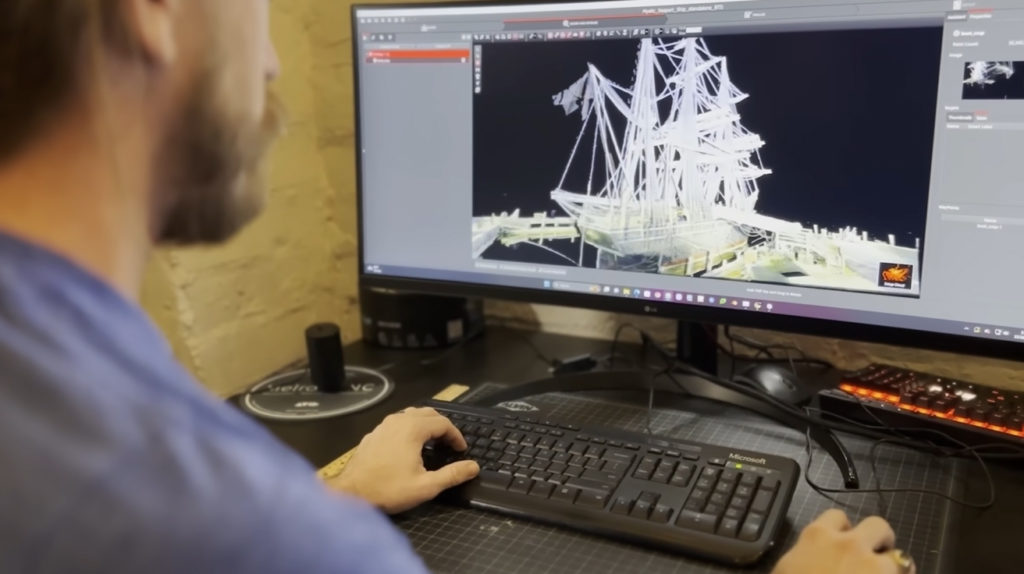
Film production in 2025 looks more like Ready Player One than traditional Hollywood. Directors scout locations in VR headsets, exploring perfect digital copies before setting foot on site. The massive LED backdrop technology that made The Mandalorian possible? Built on LiDAR foundations. Production designers create hybrid sets where physical props seamlessly blend with digital extensions, while visual effects artists integrate CG elements with mathematical precision instead of eyeballing it like they did in the 2000s. These technologies converge in the preproduction phase, significantly elevating production quality while often reducing costs and carbon footprints.
Leica RTC360: High-End Scanner
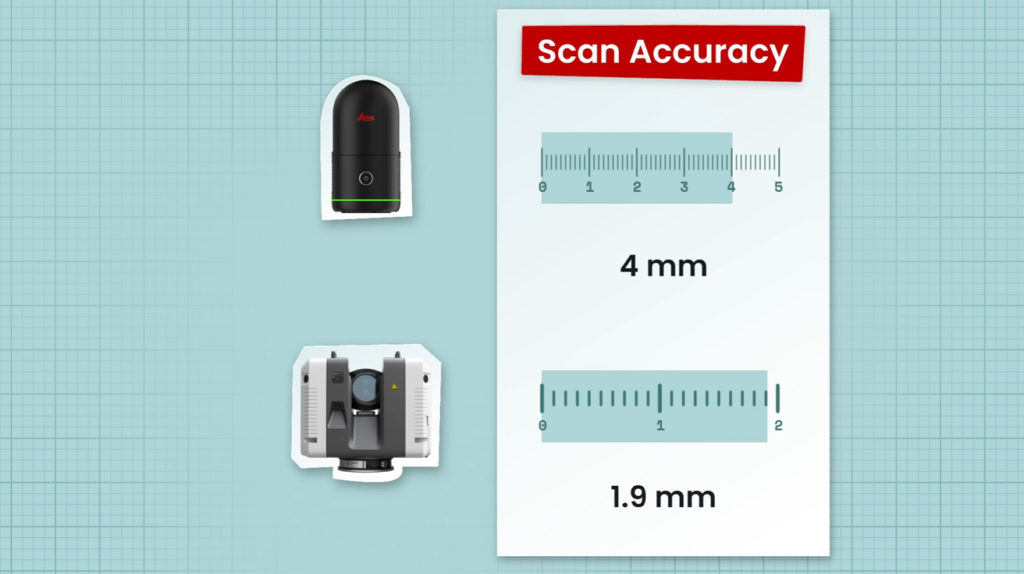
The RTC360 is the cinema equivalent of switching from prosumer to RED camera—suddenly you’re playing in a different league. Capturing 2 million points per second with near-insane 1.9mm precision, this tripod-mounted beast packs three 36-megapixel cameras to coat its scans with color data. The $100,000 price tag puts it in the same conversation as high-end cinema cameras, but when your VFX supervisor needs to perfectly match digital elements to physical sets in the next Marvel epic, the investment suddenly makes perfect sense.
LiDAR vs. Photogrammetry
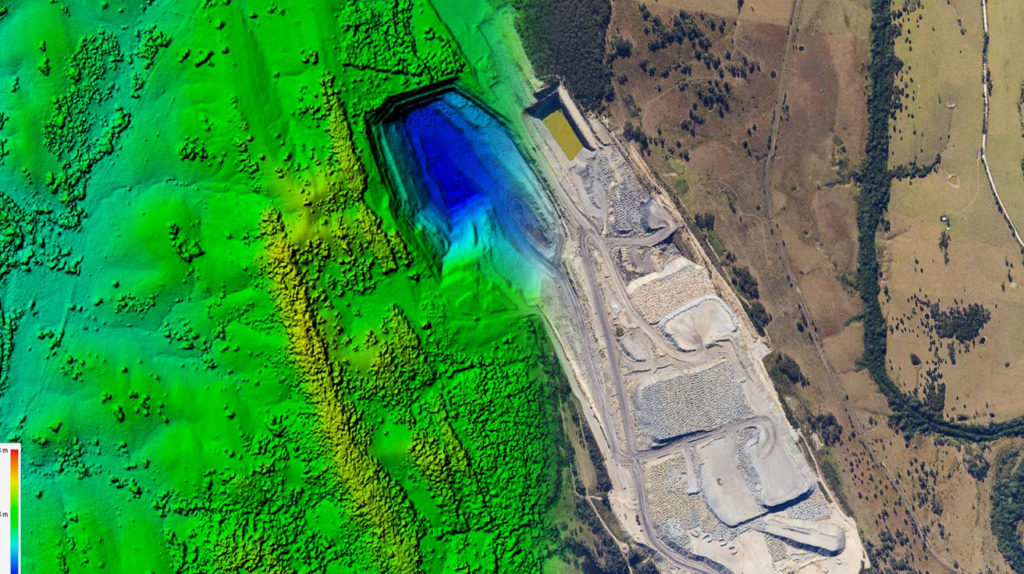
Think of LiDAR and photogrammetry as digital peanut butter and chocolate—each delicious on its own, but magical together. LiDAR delivers skeletal accuracy regardless of lighting (try scanning in pitch darkness!), while photogrammetry creates gorgeous textures but requires perfect lighting and hundreds of photos. The smartest studios now use LiDAR’s precision skeleton dressed with photogrammetry’s photorealistic skin—like how modern CGI characters combine motion capture for movement with detailed texture work for realism.
Pricing and Market Accessibility

The price tags on pro LiDAR gear will make your studio accountant sweat faster than wearing a wool sweater in July. Entry-level BLK360: $30K. Handheld BLK2GO: $60K. Premium RTC360: a cool $100K. These aren’t casual purchases—they’re strategic investments that sit in the same mental category as deciding whether to buy or lease that ARRI Alexa. Rental options remain surprisingly scarce, creating a barrier for indies but a competitive edge for studios willing to make the investment.
Consumer Accessibility: iPad Pro with LiDAR

Apple casually democratized LiDAR when they slipped sensors into iPad Pros with the nonchalance of adding another camera lens. Suddenly film students and indie directors had access to technology previously reserved for James Cameron types. No, your iPad won’t match a $100K Leica—it’s roughly the difference between smartphone photos and medium format photography—but it’s transforming pre-production for creators on tight budgets. Film schools are already teaching LiDAR workflows using devices students actually own.
Future Directions: Gaussian Splats and AI Integration
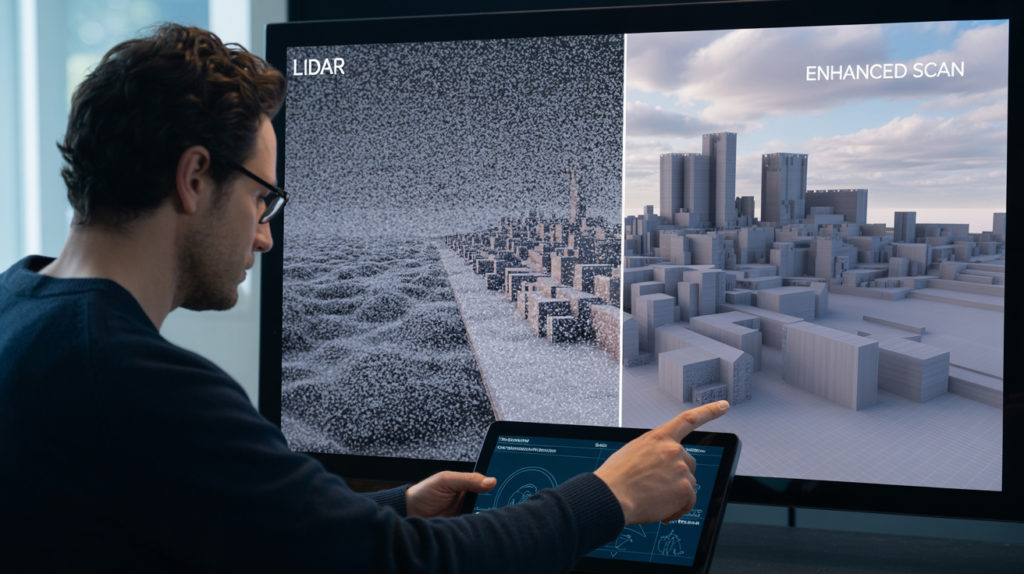
The bleeding edge of LiDAR now features “Gaussian splats,” which sounds suspiciously like something you’d order at a hipster breakfast spot but actually transforms raw point clouds into gorgeously efficient 3D visuals. Pair this with AI that automatically cleans up scans faster than Marie Kondo organizing a closet, and we’re watching the future unfold. Next-gen productions are already using AI to extend scanned environments—teaching machines to generate what’s around the corner based on what’s already captured.


